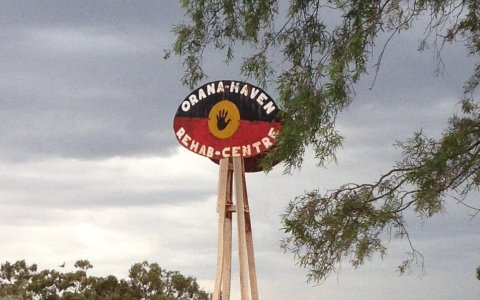Embedding research into Aboriginal drug and alcohol residential rehabilitation services
NDARC:
Ms Alice Munro
Mr Doug James
Professor Anthony Shakeshaft
Mr Phillip Clare
Dr Ryan Courtney
Collaborators:
Dr Anton Clifford, University of Queensland
Dr Julaine Allan, Lyndon
Mr Norm Henderson, Orana Haven
Mr Alan Bennett, Orana Haven
Mr Joe Coyte, The Glen
Ms Di Edwards, Namatjira Haven
Ms Janet Curran, Maayu Maali
Mr Daniel Jeffries, Weigelli Centre
Ms Tania Bloxsome, Oolong House
NDARC has been invited to undertake research in partnership with NSW Aboriginal drug and alcohol Residential Rehabilitation Services. This research is unique in being embedded into the routine delivery of their services. It is adopting a community-based participatory approach to define current practice, co-design an evidence-based data collection system and model of care, examine the potential for follow-up care approaches and establish a framework to facilitate high quality economic evaluation.
The provision of Aboriginal residential rehabilitation spans over five decades in Australia. These services offer a multi-component approach for their clients, who typically have complex social, economic, housing, and legal difficulties. They also incorporate cultural dimensions, which aim to increase Aboriginal clients’ wellbeing and treatment outcomes. This project will build on this successful track record of service provision by developing methods of embedding high quality research into the routine delivery of their services. It is a unique partnership approach that is led by the experience and knowledge of Aboriginal service providers.
This study has six aims: i) to summarise current best evidence practice in Aboriginal residential rehabilitation services, based on a systematic review of the international literature; ii) to describe the demographic and treatment characteristics of clients of up to seven of the Aboriginal residential rehabilitation services in NSW, including whether these have changed over time; iii) to identify opportunities for increasing the use of best-evidence measures across all services; iv) to describe the process and outcome of working towards a standardised model of care; v) to examine the potential for follow-up care approaches; and vi) to establish a framework to facilitate high quality economic evaluation.
For full details please visit the NDARC website.











